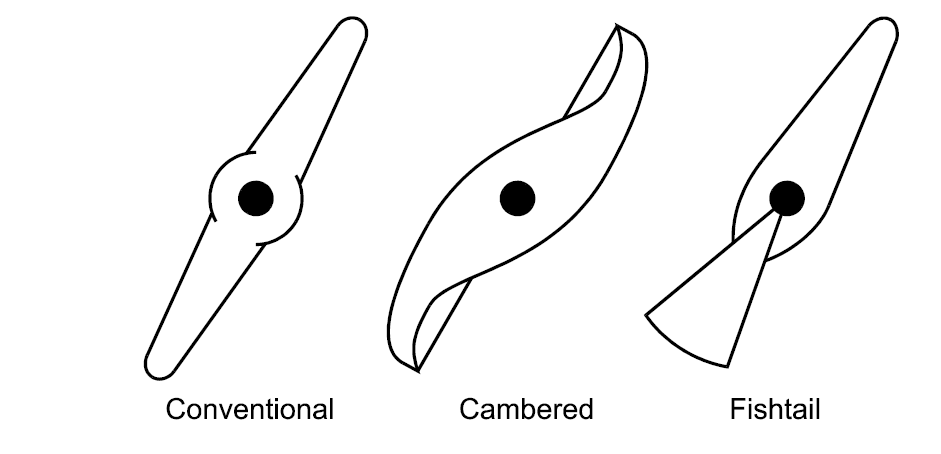The butterfly valve is a rotary control valve. Standard butterfly valves are dampers that are shaped from discs which rotate in the flow path to regulate the rate of flow.
Working and Construction:
Butterfly valves are quite simple to understand: the “butterfly” element is a disk that rotates perpendicular to the path of fluid flow. The butterfly valve consists of a cylindrical body with a disk the same size as the internal diameter of the valve body, mounted on a shaft that rotates perpendicular to the axis of the body. The action is similar to a louvre damper. The disk pivots to the vertical position to shut off any flow, and to the horizontal position when fully open.
Standard butterfly valves are dampers that are shaped from discs which rotate in the flow path to regulate the rate of flow. The disc is quite narrow and occupies little space in the pipeline. The shaft is centred on the axis of the pipeline and is in line with the seal.
The disc pulls away from the seal upon opening. This minimises seal wear and reduces friction. Control of the valve near the closed position can be difficult due to the breakout torque required to pull the valve out of the seat.
The flow characteristics are essentially equal percentage, but the rotation is limited to about 60 degrees as the leading edges are hidden in the shaft area as the disc is rotated further. The Fishtail is one modification of the disc that permits effective control out to 90 degrees of rotation
High-performance Butterfly valve:
The high-performance butterfly valve is a development from the conventional valve where the rotation axis of the disc is offset from both the centreline of flow and the plane of the seal.
The modified shape and contour of the disc are used to reduce dynamic torque and drag. This also permits higher pressure drops. As the disc is never hidden behind the shaft, good control through the 90 degrees of operation is possible with a linear characteristic.
This design produces a number of advantages, including better seal performance, lower dynamic torque, and higher allowable pressure drops. The seal performance is improved because the disc cams in and out of the seat, only contacting it at closure and so wear is reduced.
Advantages:
- Low cost and weight, low maintenance cost
- High flow capacity.
- Pressure drop across valve is less
- Fire safe design.
- Used with corrosive and chemical media
- Low stem leakage
- Compact, lightweight
- Oversizing
- Difficult to clean
- Potential cavitation and choke
- Unguided disc movement is affected by flow turbulence
- Throttling limited to low differential pressure
Disadvantages:、
- Oversizing
- Difficult to clean
- Potential cavitation and choke
- Unguided disc movement is affected by flow turbulence
- Throttling limited to low differential pressure
Post time: Apr-28-2022



